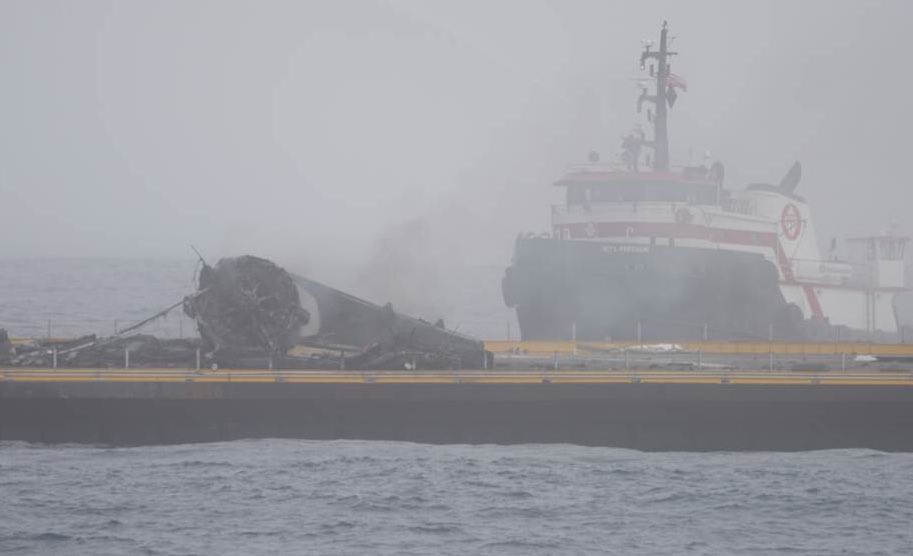Jezbollah
Member
Elon should just buy an oil platform. I bet those things are dirty cheap now.
I was going to post exactly that. Buy two oil platforms, convert them as landing pads - make them less affected by waves.
There wont be an issue landing on them, because landing on land has you already landing above sea level.
If the longer term vision includes reusability using Falcon Heavy, they need to land on sea platforms for the centre core of the FH - they need to nail this.
I don't think the barge is the proper way to go..





